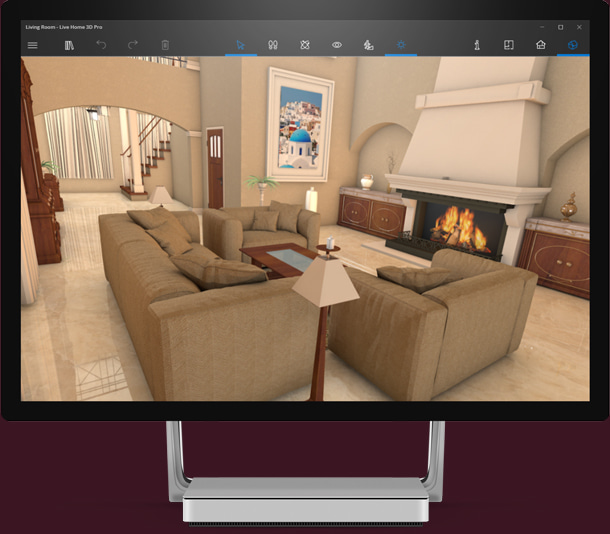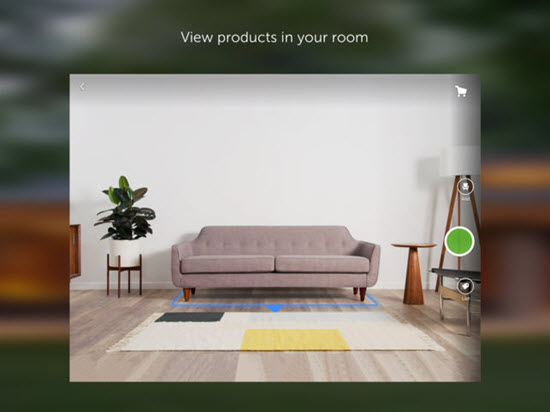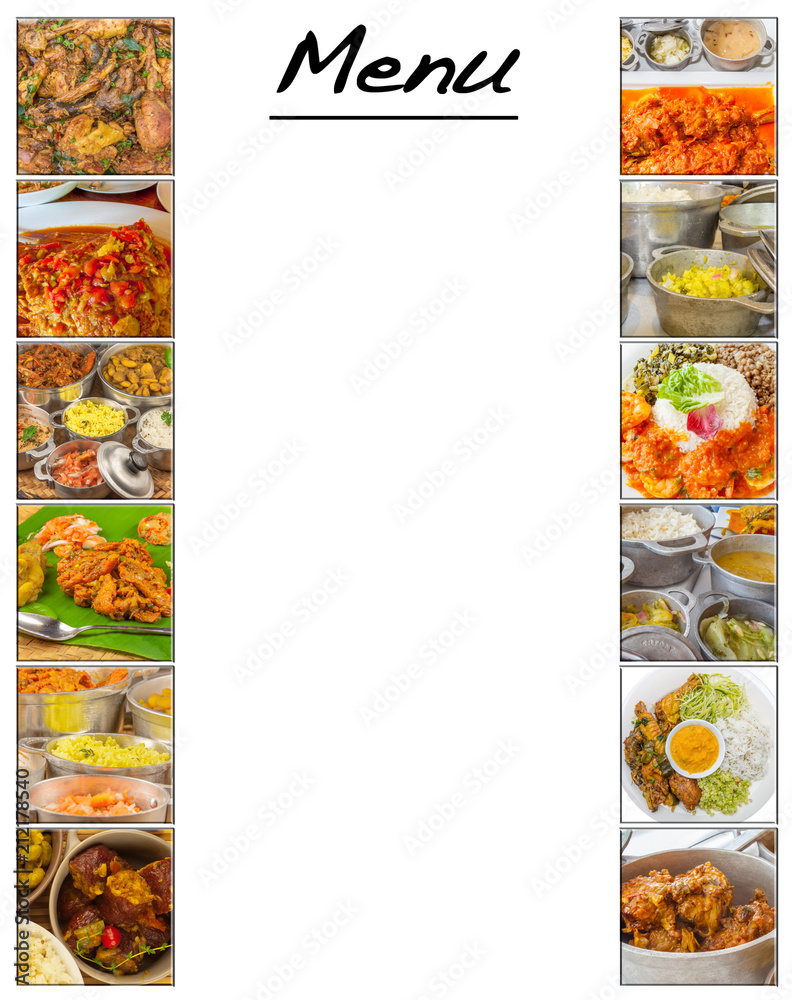Table Of Content
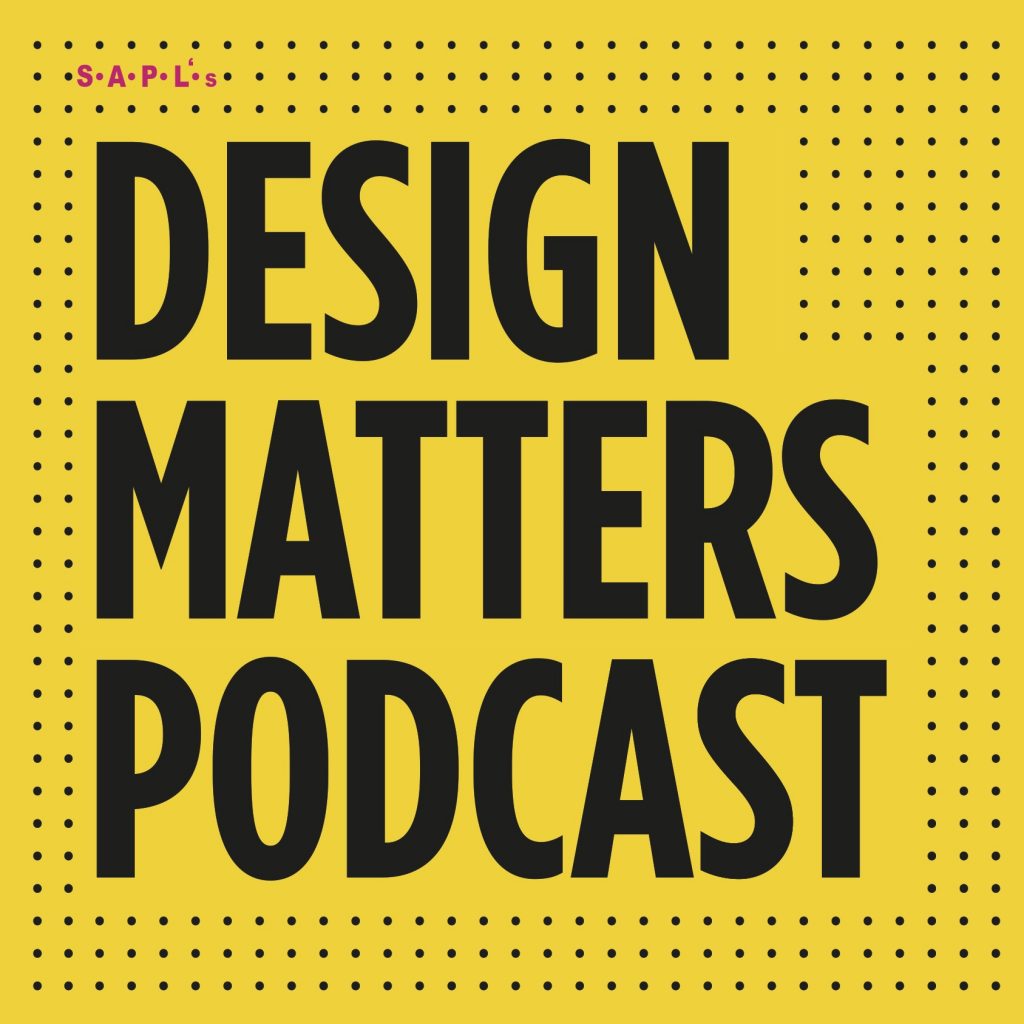
Besides using eye-tracking as an analytical lens to track students’ attention, using it in instruction might help students understand their own viewing behavior. In an eye-tracking study conducted by Hansen et al. (2019), they investigated how students view and critique different animations of redox reactions and precipitation reactions. After their reasoning process, students received visual feedback on their own viewing behavior. Hansen et al. (2019) revealed that viewing this feedback helped the students to be critical about their own viewing behavior and to deepen the critique regarding the animations shown. Variation Theory of Learning helps further to support the use of case comparisons in chemistry education, as it emphasizes the importance of discerning critical features of a concept being taught.
3 Variation theory – instructional design principles
Scaling could also be improved, many of the rugs cannot be enlarged to fit the entire room (at least not sideways the way I’ve had to position them because of the perspective slider) & several of the final touches won’t scale down enough to fit on the tables & look natural. Lastly, while I do enjoy the ability to design outside of the challenge & the free materials (they are the highlights of the game), like any interior design game I find the quantity of challenges lacking. CCIDC may provide the stamp to an individual who provides “evidence of passage of an interior design examination approved by that interior design organization” along with a combination of education and diversified interior design experience.
Author contributions
While relational structures refer to the abstract relationships between features and implicit information conveyed, they can, but do not necessarily share surface similarities. Comparing a set of correspondences between the surface or relational features of two cases leads to a structural alignment, i.e., discerning the information that two cases share. According to the structure mapping theory, the more shared relational features there are between two situations, the stronger the analogy, the easier to transfer our knowledge about one situation to reason about the other. For example, knowing that an electronegativity difference is needed to make a carbon-heteroatom bond polar, we can use that knowledge to infer that other carbon-heteroatom bonds might be polar as well, when there is a difference in electronegativity, even if the functional group looks different.
Design Matters with Debbie Millman
What Matters to Cecilia Serafini – PRINT Magazine - PRINT Magazine
What Matters to Cecilia Serafini – PRINT Magazine.
Posted: Tue, 05 Dec 2023 08:00:00 GMT [source]
As the name suggests, however, this may not be a linear process with a defined end but a cycle that can be repeated based on new case comparisons. In this way, learners not only become familiar with scientific principles through independent experience, but the targeted choice of contrasting cases and experiments also enables a specific promotion of chemical concepts. Lo and Marton (2011) proposed that the key to understanding complex concepts is to focus on the variations in the material. They argued that learners need to experience different examples of a concept in order to fully understand it and develop a flexible understanding that can be applied to new contexts, advocating for a deep understanding of the subject matter instead of surface-level memorization. We designers are being asked to be responsible for what we design; in particular, for the effects the products we design can have on the people and the planet – be it addiction, misinformation, instigation of violence, loss of ecosystem diversity, or pollution. This theme will look into all the tangible ways in which design can truly support the planet, its people, and ecosystems, exploring what responsibilities, materials, and technologies designers can use to create a sustainable and an ethical future.
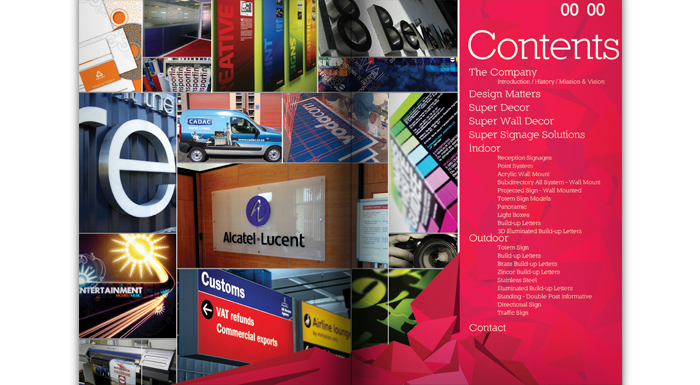
The experts to solve a lot of them are already working at a hospital and she believes having more of them gain expertise in design will yield even better results. Until design is made for all of the people inside the walls of a facility, then equity will still be lagging. The health care model in the U.S. depends a lot on patient satisfaction because it’s a payer model. I always hung it from my chair,” she said, about her experience getting cancer care in South Florida. So she made sure that the infusion rooms of the Cancer Treatment Unit have closet space, and space for caregivers to sit with their loved ones in the same room.
Gonzalez is part of a group of volunteers made up of current and former patients of the University of Miami Health System (UHealth) and their families. More and more, health systems are paying attention to how the design of a facility impacts a patient's recovery, seeking input from healthcare architects as well as the people experiencing and providing the care, like doctors and nurses. For the sake of clarity, media outlets are permitted to use photos of Brené Brown from her Media Kit page or license photos from Getty Images, etc. Illustration of different possibilities for the use of case comparisons in argumentation and reasoning processes. “QM Online Program Design Certification recognizes programs designed around measurable learning objectives or competencies.
However, attending to the relational similarity between cases is modulated by expertise. With increasing expertise, we can make use of abstract schemas and use them to categorize tasks based on implicit, conceptual aspects, whereas novice chemistry learners tend to focus on more explicit concrete features (Graulich et al., 2019; Lapierre and Flynn, 2020). Various studies already documented the positive effect of using scaffolding with case comparisons on students’ reasoning. In prior studies, we used a scaffold grid, represented by a worksheet with empty boxes, which visually connects the structural differences, changes, and cause-effect relations (Caspari et al., 2018). By utilizing this grid, students can systematically relate each structural difference to each ongoing change, verbalizing the influence of the structural difference on the change.
Live
One way to combine the use of case comparisons with lab work is to embed these case comparisons in the CPOE cycle (Graulich and Schween, 2018), an adapted form of the Predict-Observe-Explain cycle (White and Gunstone, 2014) with an added “Compare” step. The cycle is based on learners first receiving a case comparison where they need to compare two given reactions (C), to predict (P) by generating a hypothesis which of the two reactions, for example, is faster than the other. By experimentally testing the hypotheses that have arisen from the case comparison, the outcome of the reactions is observed (O). Once the data has been analyzed, the final step takes place, in which conclusions are drawn about the previously formulated hypothesis based on the experimental results (E). Figure 3 illustrates the theoretical CPOE cycle by giving concrete examples how each step can look like, which is described in more detail in the following section.
Using case comparisons (like different chemical reactions) helps students notice and understand the essential characteristics of each case; for example, contrasting an acid–base reaction with a redox reaction can help students understand the unique features of each type of reaction. Second, Variation Theory suggests that exposure to a range of examples, prototypical and non-prototypical examples, can help students see beyond single examples and support the ability to discriminate between different entities and recognize the significance of these differences. Certain elements become more salient to the viewer through variation, while other elements are kept invariant (Lo and Marton, 2011; Bussey et al., 2013), which allows learners to notice critical features more quickly (Bussey et al., 2013). Using case comparisons helps in achieving this by requiring students to apply principles to different scenarios, thereby promoting a deeper understanding of the underlying concepts (Roelle and Berthold, 2015; Bego et al., 2023).
Based on their observations, students are encouraged to explain the phenomenon and refer to their hypothesis (Figure 3, explain). When the shown cycle is used in teaching and learning, learners can transfer their knowledge of inductive effects into a second cycle. Therefore, learners can apply their knowledge of inductive effect on new reactions, which focus on the position of substituents.
It’s nearly the dream design app...but they overlooked some tiny but SEVERELY ANNOYING technical flaws that impure gameplay. There is a pop up button when an item is selected recommending similar items & you cannot make it go away. I have an iPhone 8 & on my phone that button covers the perspective slider so I cannot ever use that function. It limits my selection of items to next to nothing because I cannot properly place them in the room. The app cannot tell the difference between the item and the background & automatically deletes major parts of it (or won’t delete an obscure shape of part of the background). I’ve spent hours trying to clean up images to make them look halfway decent & not obstruct the other items in the room, but eventually came to the conclusion that the majority of them are just not worth trying.
By focusing on these variations, variation theory aims to help learners develop a more nuanced and flexible understanding of the concept they are studying, which can be applied to new situations and contexts. The theory highlights the importance of experiencing variations in the material being studied in order to develop a flexible understanding that can be applied to new situations. Learning by comparing cases can be rationalized from a cognitive psychology perspective because it taps into several important cognitive processes, essential for learning and problem-solving. When comparing cases, a learner is engaged in a process called analogical reasoning, which involves finding similarities and differences between cases and using those similarities and differences to make inferences and draw conclusions. This analogical reasoning is a fundamental cognitive process that allows transfer knowledge and skills from one domain to another, or from one context to another (Gick and Holyoak, 1983). The structure mapping theory by Gentner (1989) and Gentner and Markman (1997) explains how this analogical reasoning works.
We advocate to eliminate the misunderstanding and misinformation of our profession, and to promote smart policies that move us forward together. As my time in Max and Debbie Millman’s beautiful room comes to a close, before Millman escorts me past an office where her wife is Zooming into a writers room, I ask what she hopes “Why Design Matters” will accomplish. Alison Bechdel talks about her ‘fitness memoir,’ ‘The Secret to Superhuman Strength,’ the first book in 9 years from the pioneering graphic memoirist. Thanks for infusing my life with such incredibly creative and thought provoking guests.
Structure mapping theory tells us, that our cognitive structure is barely made to extract with ease a conceptual similarity just by looking at reactions. An explicit surface similarity will always be more salient for an inexperienced learner. The limited capacity of our working memory additionally affects how much effort we can put into learning and understanding.
This designation is the culmination of a rigorous five-year collaboration between UNCW’s Office of Distance Education and eLearning (DEeL) and the MSN NE program,” the announcement continues. ‘Bad Feminist’ and ‘Hunger’ author Roxane Gay will use the instructional lecture format to teach writing with a bent toward justice and social change. Thank you for the design inspiration and most importantly, being such a lovely human being.
The act of comparing is inherent to the discipline because it allows us to understand the properties of substances by comparing their behavior in different conditions (Goodwin, 2008). Chemists often compare different substances to identify similarities and differences of chemical and physical properties. In chemical synthesis, making small changes in functional groups at a target catalyst, for example, allows us to determine which ones are most effective at promoting specific chemical reactions (Afagh and Yudin, 2010). By comparing the behavior of chemical systems, chemists can gain a deeper understanding of the underlying principles of chemical processes to monitor and control chemical reactions or refine computational models.


